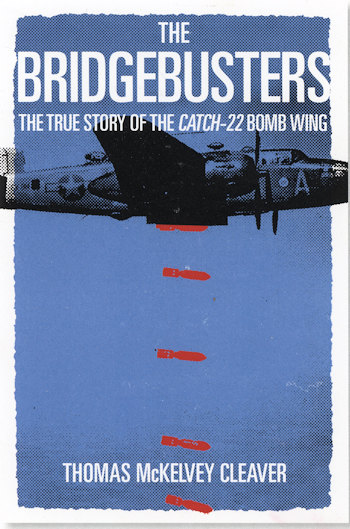 To
most who are interested in the air war during WWII, when one mentions the B-25,
thoughts immediately head to the southwest Pacific. It is this part of the war
where most see the Mitchell either skip bombing ordnance into Japanese ships or
gunships blasting away at Japanese ground targets. However, the B-25 was also
active in the Mediterranean, and one of the units most heavily involved in the
fighting was the 57th Bomb Wing.
To
most who are interested in the air war during WWII, when one mentions the B-25,
thoughts immediately head to the southwest Pacific. It is this part of the war
where most see the Mitchell either skip bombing ordnance into Japanese ships or
gunships blasting away at Japanese ground targets. However, the B-25 was also
active in the Mediterranean, and one of the units most heavily involved in the
fighting was the 57th Bomb Wing.
B-25s had been fighting in the Med since late 1942 from Egypt and
later Morocco and then Tunisia, and Sicily. It was while in Sicily that the
greatest single day loss of aircraft occurred when Mt. Vesuvius erupted sending hot
ash and cinders raining on the countryside as well as on dozens of B-25s, most
of which were write offs due to all the damage.
The unit then moved to Corsica where it would spend its
greatest part of the war. From this locale it was involved in doing all it could
to keep supplies from flowing from Germany into Northern Italy. This meant a lot
of mountain flying as well as concentrating on the best places to disrupt
supplies and that was bridges.
By this time of the war, there was almost no air
opposition, but the same could not be said about the flak and it was some of the
heaviest around. Since B-25s in this area had their oxygen systems removed for
fear of a flak burst hitting it and setting the plane on fire, the Mitchells had
to fly at fairly low altitudes, making them easier targets for the AAA.
Aircrews in the 57th were
required to fly more than double the number of missions of those flying out of
England prior to being relieved, a situation that became worse as time went on.
Since the Italian theater was almost as low a priority as the CBI, it meant that
replacement crews were few and far between. In order to keep its Mitchells
manned, the number of missions was raised from 50 until it was eventually capped
at 70. Needless to say, the flak-filled missions and the increase in missions
had a deleterious effect on aircrews.
Into this mix, enter Joseph Heller. He was a bombardier
and flew in some of the most dangerous missions flown by the 57th. He also got
involved in a film project for the wing commander which allowed him to rotate
home with only 60 missions under his belt. His experiences with the 57th
eventually became the book, 'Catch-22'. While some of the situations in the book
are exaggerated, they are not by much and are based on what he saw and
experienced while with the 57th.
All of this is woven into a history of the unit which is
more than just dry words on paper. The experiences of the men in the unit either
from personal interviews, official transcriptions, or other means tell a story
of a unit whose bravery has often been overlooked. Tom Cleaver is a superb
writer and his ability to tell the story of the unit as well as intermixing that
of Joseph Heller as well as telling the story of the war in Italy itself is second to none. In addition to the exploits of the wing, we
see things from the eyes of the ground crews, who were there for the duration
and did not get the opportunity to rotate home. We also hear from Italian
civilians who helped to hide downed fliers, despite the very real threat of
death to themselves and their families from Italian fascists.
It makes for a riveting story and one that I offer my
highest recommendation. This book will be available in early May so look for it.
April 2016
ModelingMadness.com
If you would like your product reviewed fairly and quickly, please
contact
me or see other details in the Note to
Contributors.
Back to the Book Index
Back to the Main Page
 To
most who are interested in the air war during WWII, when one mentions the B-25,
thoughts immediately head to the southwest Pacific. It is this part of the war
where most see the Mitchell either skip bombing ordnance into Japanese ships or
gunships blasting away at Japanese ground targets. However, the B-25 was also
active in the Mediterranean, and one of the units most heavily involved in the
fighting was the 57th Bomb Wing.
To
most who are interested in the air war during WWII, when one mentions the B-25,
thoughts immediately head to the southwest Pacific. It is this part of the war
where most see the Mitchell either skip bombing ordnance into Japanese ships or
gunships blasting away at Japanese ground targets. However, the B-25 was also
active in the Mediterranean, and one of the units most heavily involved in the
fighting was the 57th Bomb Wing.